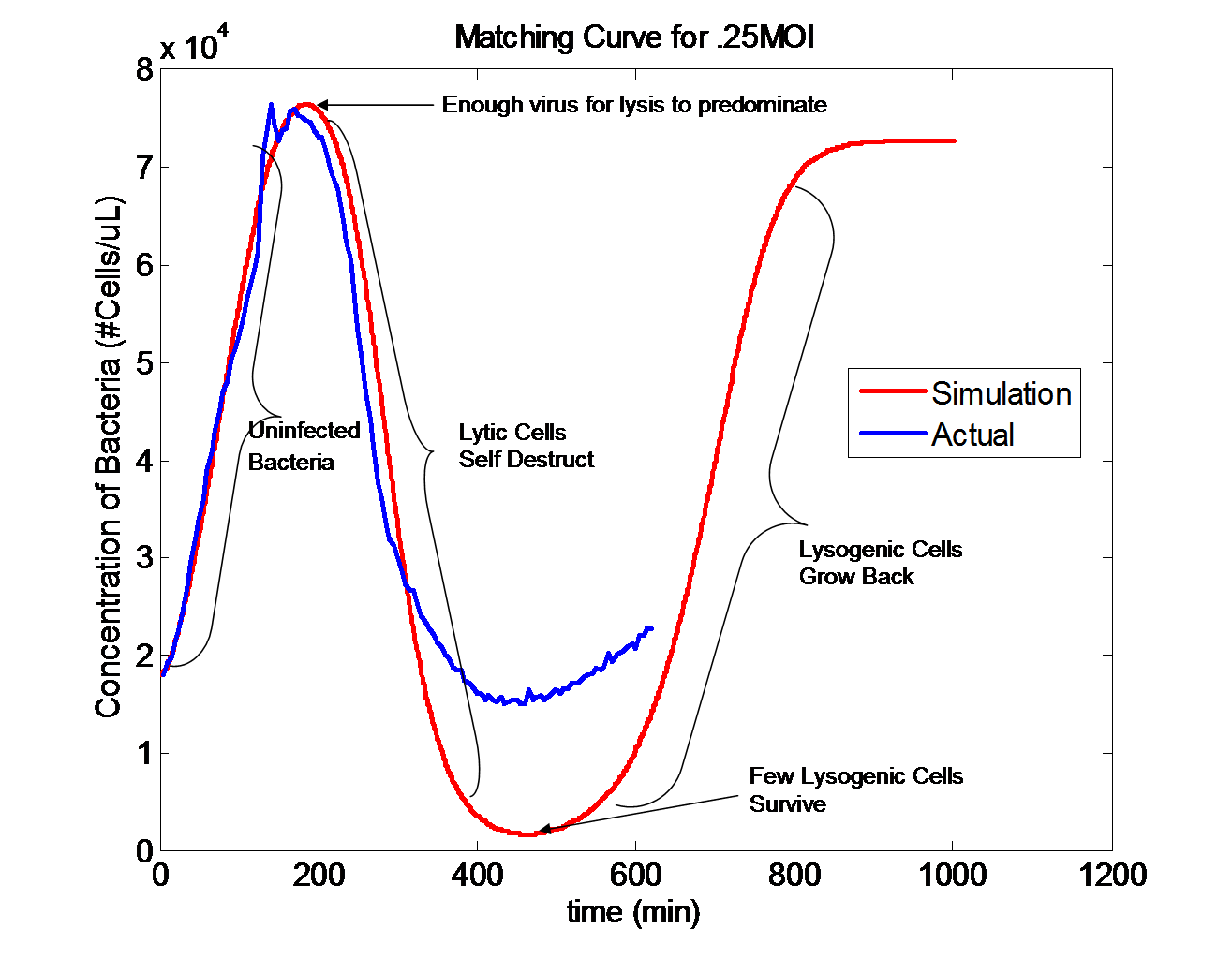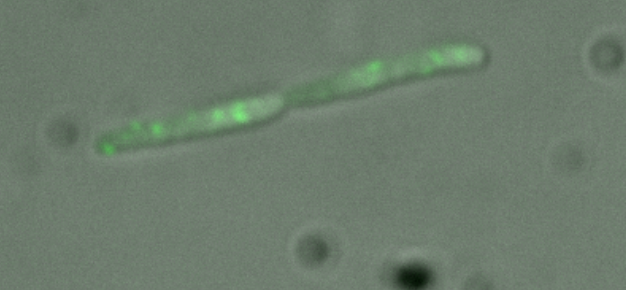Virginia Tech
From 2007.igem.org
(Difference between revisions)
BlairLyons (Talk | contribs) m |
BlairLyons (Talk | contribs) m |
||
| Line 7: | Line 7: | ||
<center>[[Image:Title_bar.JPG]]</center> | <center>[[Image:Title_bar.JPG]]</center> | ||
| - | |||
| - | |||
|} | |} | ||
| Line 83: | Line 81: | ||
<!--third cell of the nested table: divider--> | <!--third cell of the nested table: divider--> | ||
| - | | style="width: 5px; background-color: # | + | | style="width: 5px; background-color: #FFFFFF;" | |
<!--fourth cell of the nested table: right column--> | <!--fourth cell of the nested table: right column--> | ||
Revision as of 23:21, 25 October 2007
 |
|
Look around to learn about our 2007 project: Engineering an Epidemic.
|












